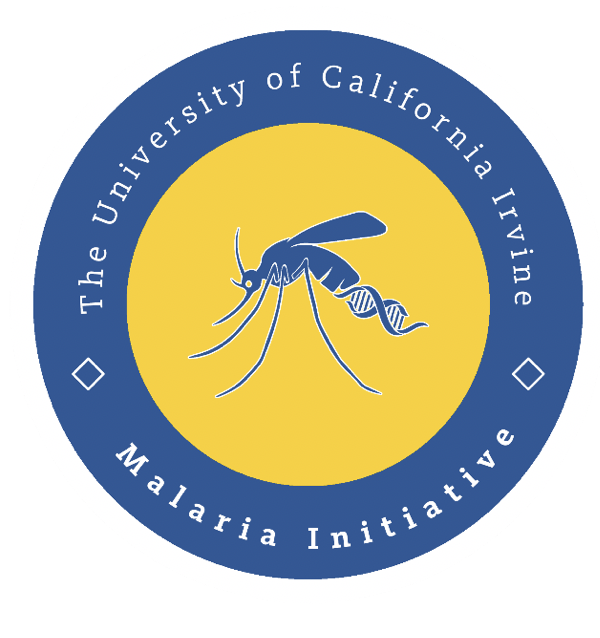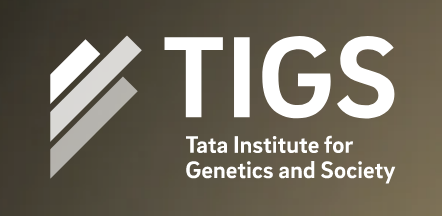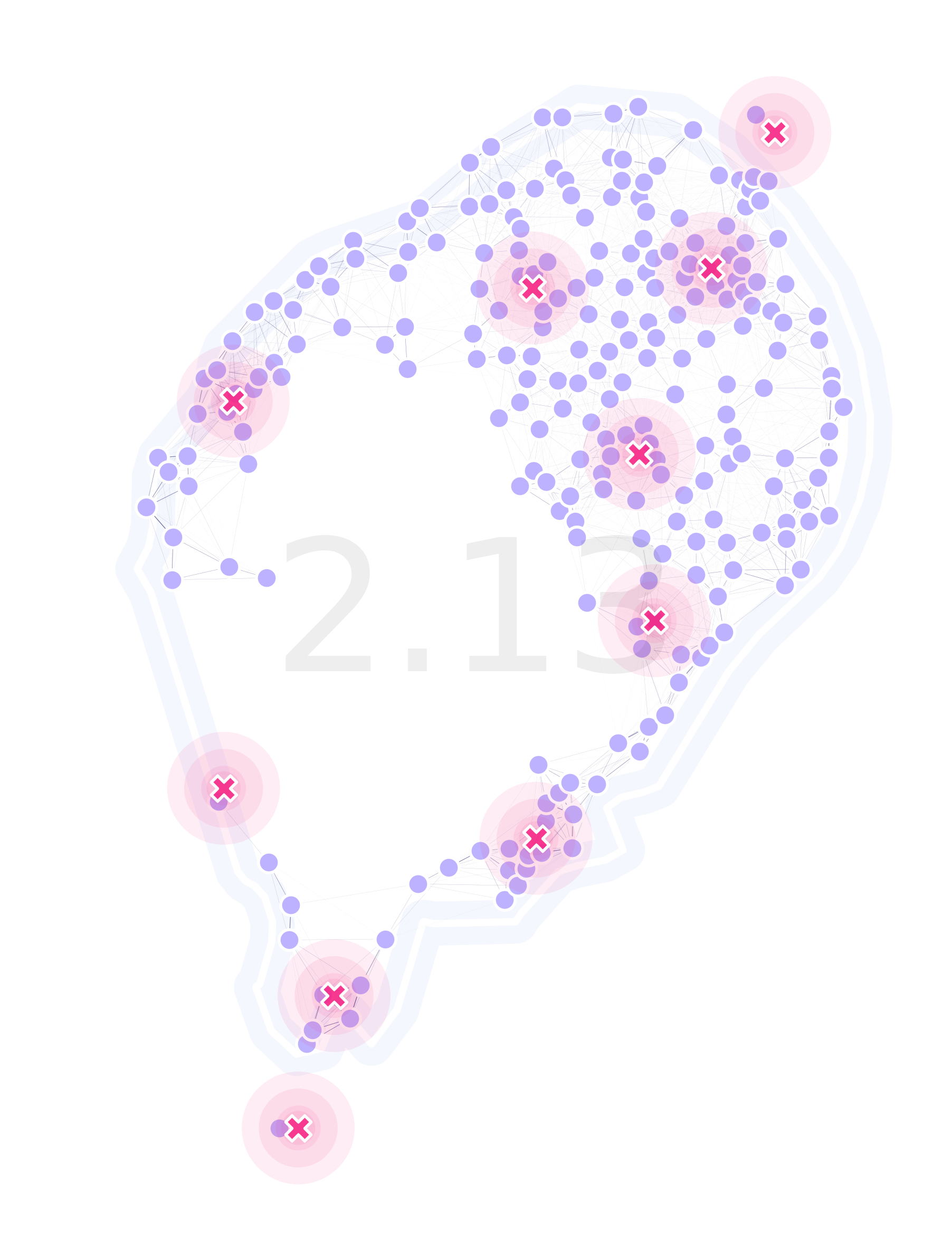
Héctor M. Sánchez C.

I. Mosquito-Borne Diseases
1) Current Status
2) Gene Drives
3) Surveillance in the Field

Given a heterogeneous environment and a limited number of traps, where should we place them?
II. Landscape Analysis
1) Migration Network
2) Migration Network with Traps
3) Fitness Cost



Finally, we can calculate the average maximum time it would take for us to trap a mosquito from anywhere in the landscape

III. Trap Placement Optimization
1) Fitness Function?
2) Genetic Algorithm
3) STP Demo




IV. Current Status and Future Work
1) Project's Status
2) The Future

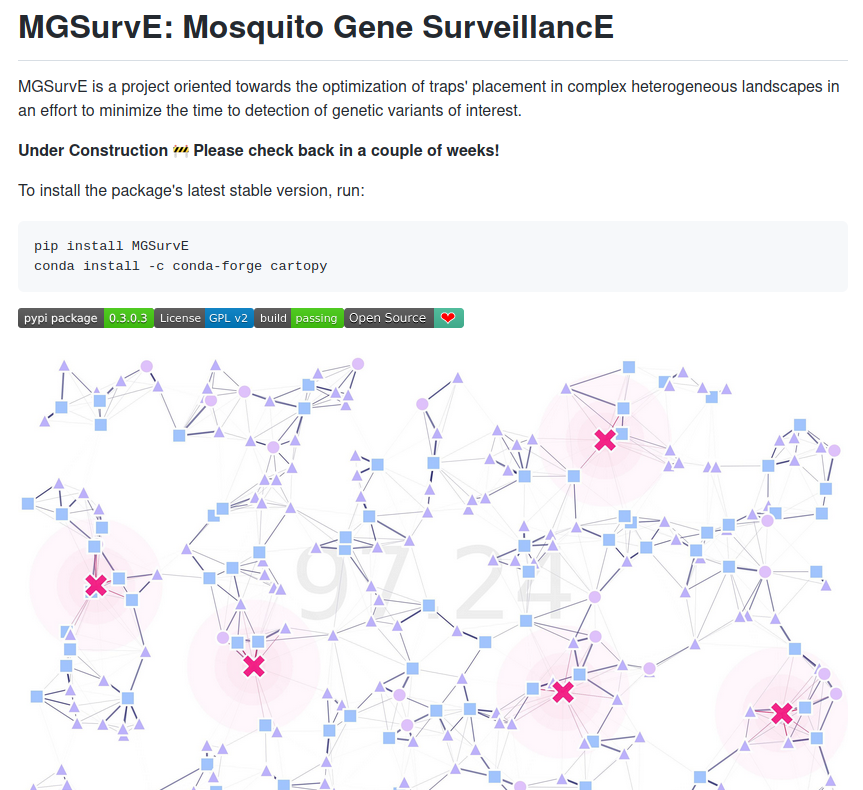

Proof of concept is working and pypi package is under development!
(base code ~90%, docs ~75%, paper ~30%)
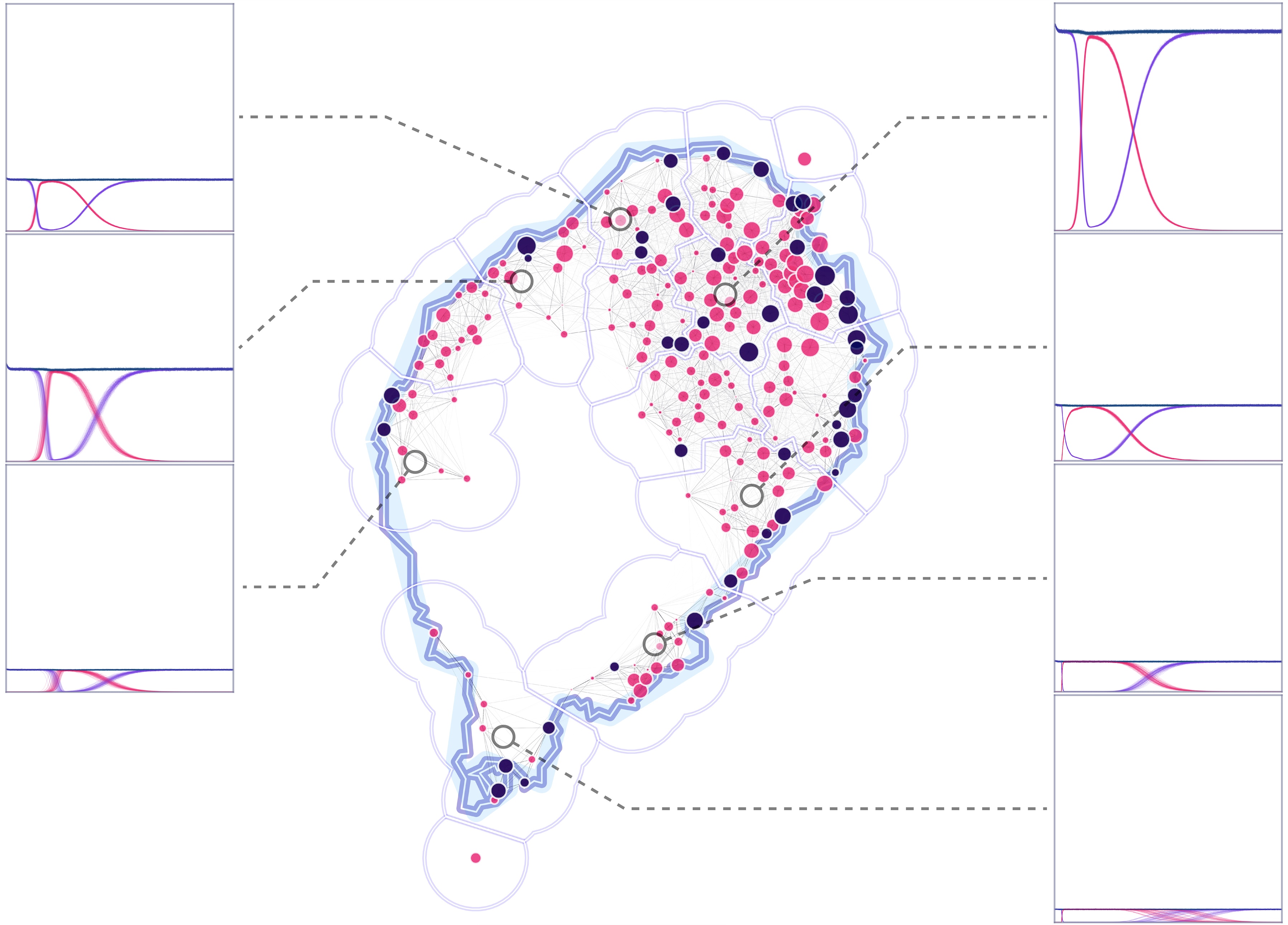
Team, and Questions
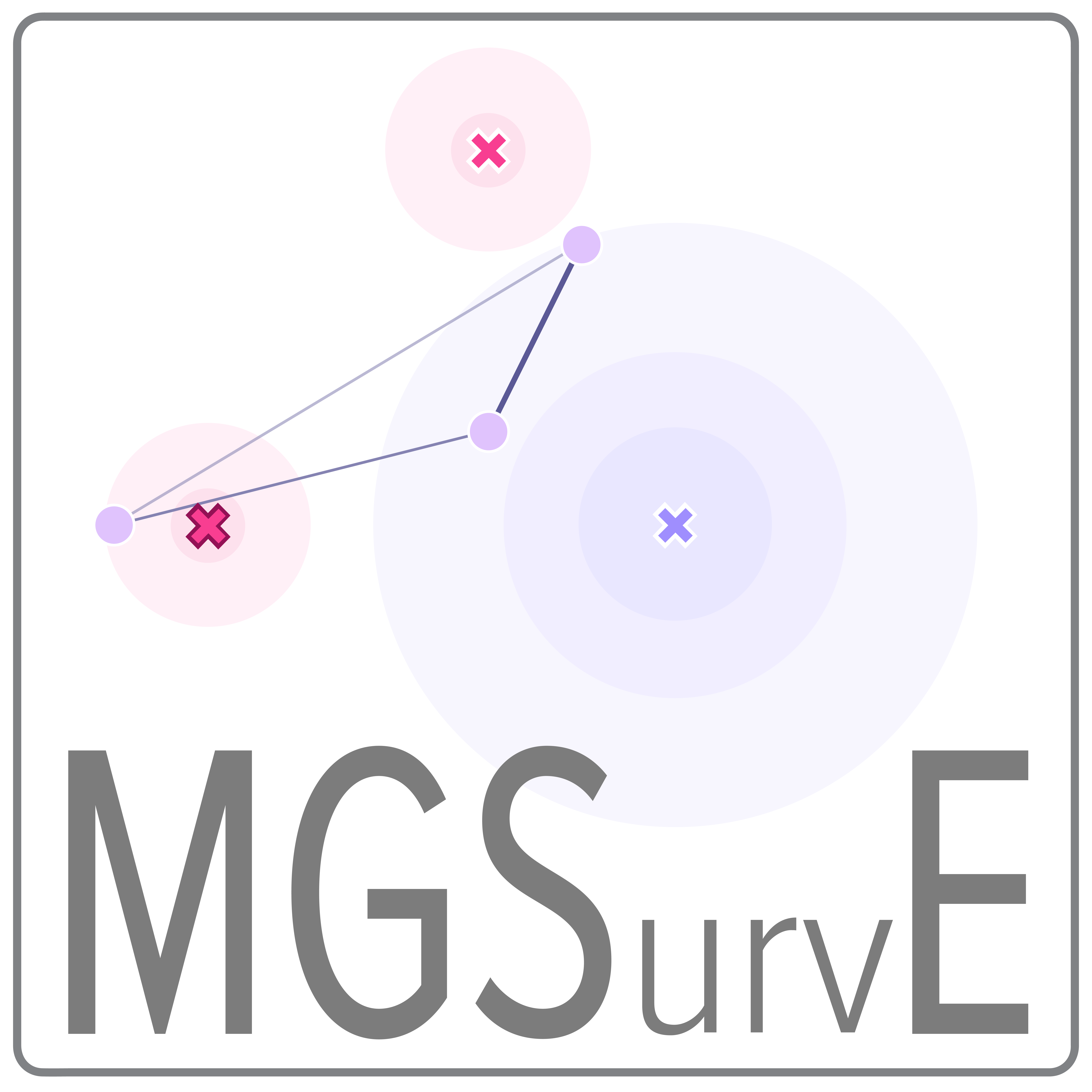


Héctor M. Sánchez C.
Elijah Bartolome, Ayden Salazar, Lillian Weng, Xingli Yu, Joanna Yoo
John Marshall, David L. Smith
(sanchez.hmsc@berkeley.edu | chipdelmal.github.io)
Thanks to Conversations with: Tomas León, Jared Bennett



